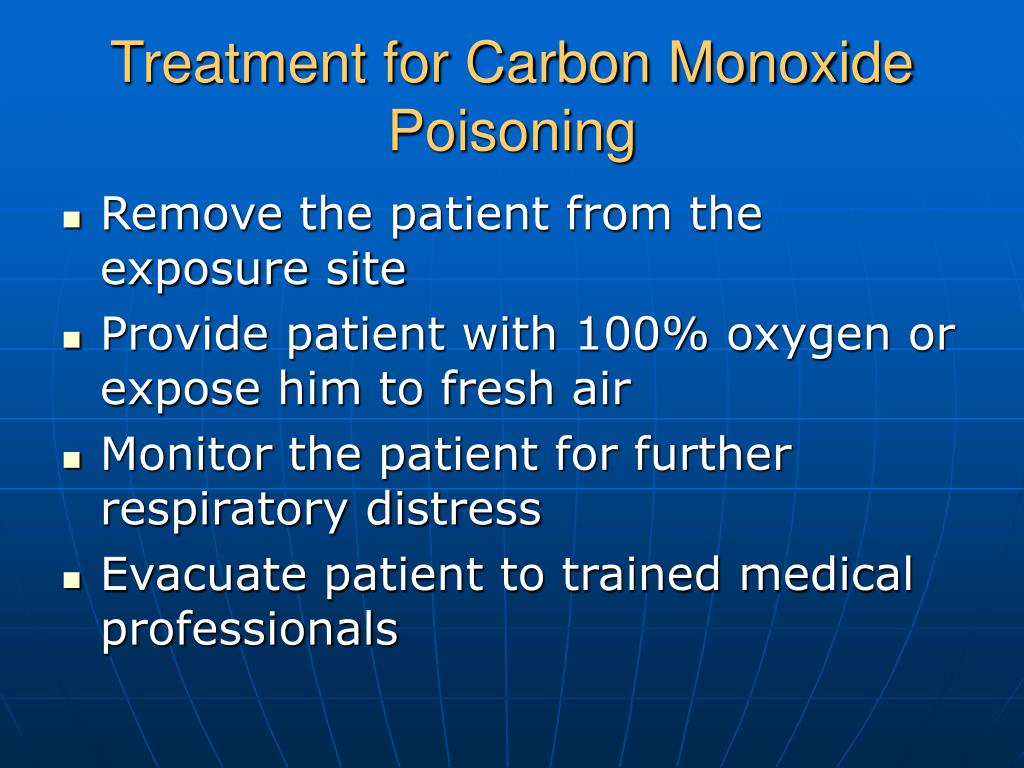
She opened her eyes completely, made spontaneous movements of all extremities, became more alert, and was able to respond coherently to the questions. After treatment with oxygen, her vital signs were within normal limits and her blood pressure decreased from 150/100 to 140/70mmHg.

Carbon monoxide exposure was the diagnosis. While traveling, the patient was placed on a high flow of 100 percent oxygen via a mask at normal atmospheric pressure. Except for this incident, she was in good health condition without any past medical illness.The patient was immediately transferred to the emergency department. On the same day, when she was looking for covers for the four radiators in her apartment, the salesperson at the hardware store recommended that she buy a carbon monoxide detector. When she opened the windows, the flow of gas stopped. with the same symptoms, which were related to the severe continuous flow of gas from the radiator placed toward her bed.

The patient has no previous history of headaches, except for a similar experience three months previously when she woke up at 3 a.m. She was agitated and her concentration was decreased. She had a severe headache in the frontal area, felt deep pain in the orbits, and had blurred vision, light-headedness and stabbing chest pain. At that moment, her blood pressure was 150/100mmHg, heart rate was 88 beats per minute, respiratory rate was 18 breaths per minute, and her temperature was 97.6☏. The presentation CO level was 3.9 percent. The NYFD found carbon monoxide (CO) levels 60 parts per million (ppm) in her home. When New York Fire Department (NYFD) team reached her apartment, the gas supply was controlled and was turned off but the beeps from detector, accompanied with flashes and the blinking of red lights, did not cease until the batteries of the device were taken out.
#Carbon monoxide poisoning symptoms skin color windows#
She called 911 and promptly opened all of the six windows of her apartment, based on the operator’s suggestion. with a severe headache, disturbed by the unusual intermittent beeps that were produced by the First Alert combination smoke and carbon monoxide detector that she had installed three months previously. We describe the first case of acute carbon monoxide poisoning with the fingernail bed effect mentioned above and review the literature regarding carbon monoxide poisoning.Ī 40-year-old Caucasian woman, a physician, was exposed to carbon monoxide in her one-bedroom apartment. Signs and symptoms of carbon monoxide poisoning are vague and may be mistaken for a migraine, cerebrovascular accident, psychiatric illness, depression, Parkinson’s disease, gastroenteritis, chronic fatigue syndrome, influenza, alcohol intoxication, and heart disease. The brain, heart, lungs, kidneys, and other organs that are more susceptible to hypoxia may be critically damaged by carbon monoxide exposure.

Ĭarboxyhemoglobin decreases the oxygen delivery to essential organs and tissues, and causes hypoxia, which results in death. Carbon monoxide binds to hemoglobin, forming carboxyhemoglobin, and can shift the oxygen-hemoglobin dissociation curve to the left. It has a high affinity for hemoglobin, 200 to 250 times more than hemoglobin's affinity for oxygen. Carbon monoxide (CO) is a colorless, tasteless, odorless and nonirritating gas.


 0 kommentar(er)
0 kommentar(er)
